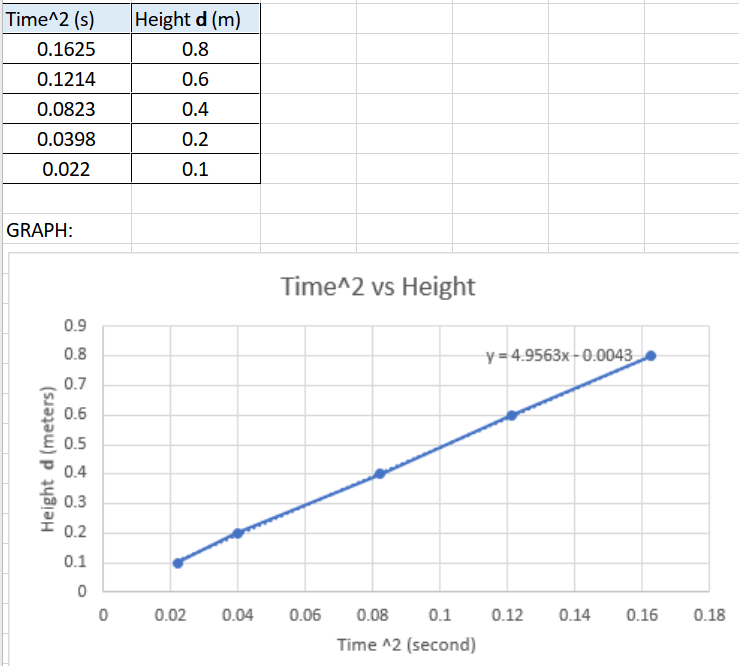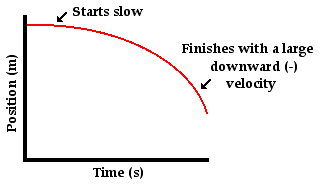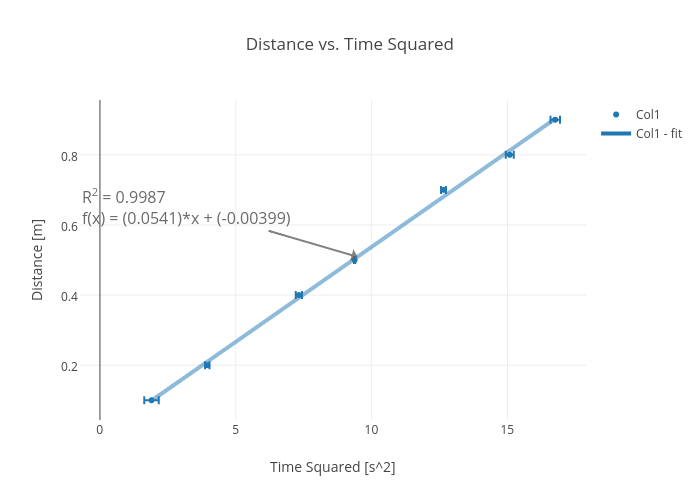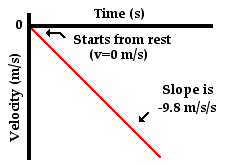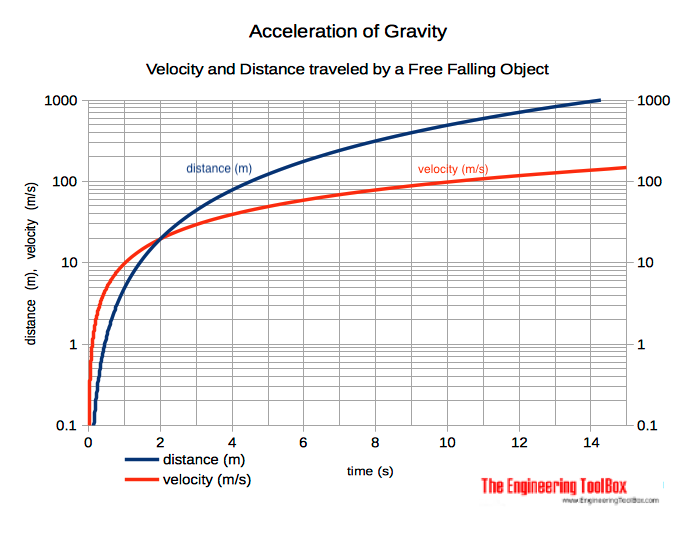Acceleration Due To Gravity Vs Time Graph
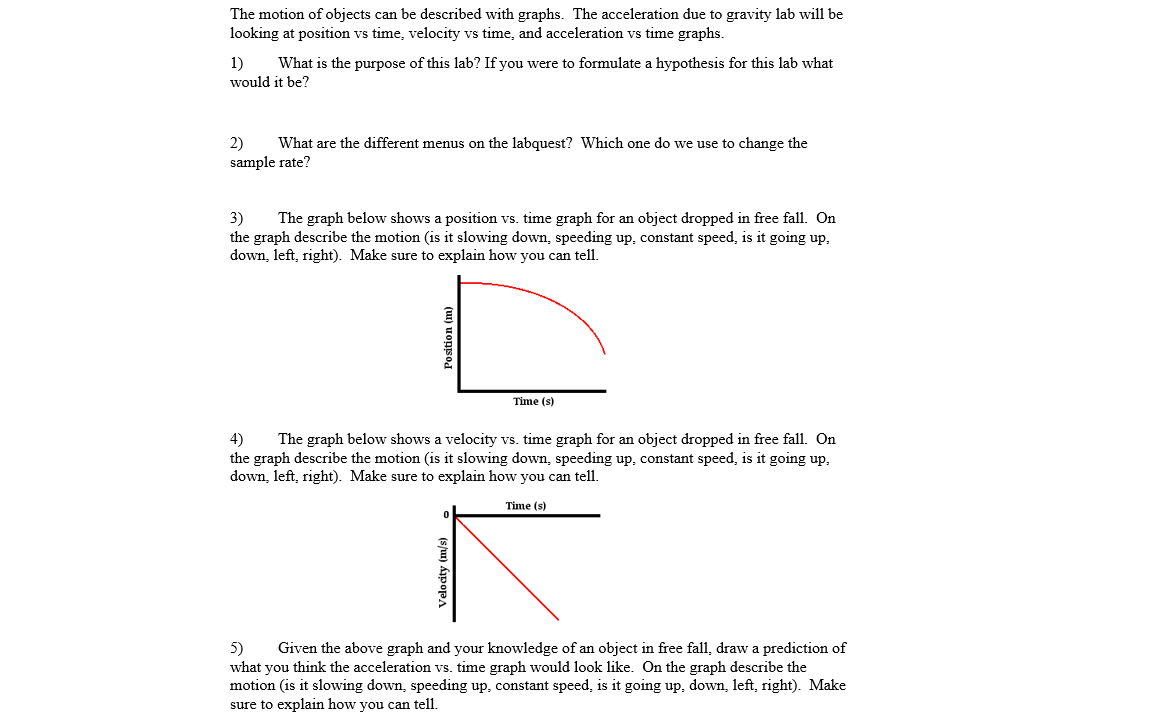
G 2 4 89 9 78 m s 2 changing the height of the drop should not change anything because acceleration is constant.
Acceleration due to gravity vs time graph. Time graph plots acceleration values on the y axis and time values on the x axis. As the object picks up speed air resistance increases and since the force is applied opposite to the direction of motion the net acceleration gradually dimin. Airbus a380 take off distance. If dropped from rest the acceleration is initially equal to 9 8 m s standard gravity.
Use of a tangent line to determine the slope on a position vs time graph and det. There would be no change if s was different because it is a graph of velocity. G is a in the parabolic formula y ax 2 bx c. Since the slope of any velocity versus time graph is the acceleration of the object as learned in lesson 4 the constant negative slope indicates a constant negative acceleration.
This force causes all free falling objects on earth to have a unique acceleration value of approximately 9 8 m s s directed downward. The acceleration for the object in the velocity time graph will be gravity 9 81 m s 2. Airbus a380 take off time. Using simple differentiation this leaves us with dv dy 1 2.
The graph is a straight line y mx c where y is velocity x is time and m is the gradient. We refer to this special acceleration as the acceleration caused by gravity or simply the acceleration of gravity. C is a constant which is not important. This analysis of the slope on the graph is consistent with the motion of a free falling object an object moving with a constant acceleration of 9 8 m s s in the downward direction.
What are acceleration vs. And the velocity time graph will be a straight line. Extensions using the distance vs. Free falling objects are falling under the sole influence of gravity.
Time graph we fit a parabolic line to determine g. As an example check out the following graph which shows a constant acceleration. Overview of motion with a constant acceleration on a position vs time graph. This makes sense because after taking the derivative twice we get acceleration which is g 2a.
In this graph the acceleration remains constant at 2 0 m s s for 10 seconds. See what we can learn from graphs that relate acceleration and time. Now let s consider how such an acceleration would affect an object s velocity and position. Materials c clamp metre stick mass 50g cushion recording timer tape graph paper.

